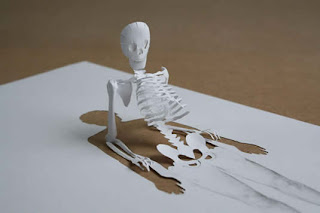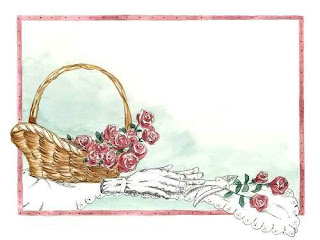 |
| Getting ready at school ground for a nature walk outside the school |
 |
| Peeling peanut shells and sharing |
 |
| Doing some activities such as counting the peanuts etc |
 |
| Teachers busy with students in groups |
 |
| Exploring and enjoying nature watch with teachers |
 |
| Now it's time to go back to school |
 |
| Students still exploring on sideways whilst going back to school |
Why nature walk?
To fulfill the objectives of:------
Exploring the nature that surrounds us in our day to day life.
• Exploring the nature like flora and fauna and the sunshine and clouds.
• To find flowers of all colours, shapes and sizes, as well as leaves of different shapes, colours and sizes.
• To feel the different textures of all the things we found including the bark on the trees.
Listening skills: As we walk we can listen out for different sounds. The most common sounds we hear are birds, cars and buses, dogs barking, people talking, the wind.
• Weather: Season late winter, dry leaves, winter
• Safety rules: Follow and listen to the elders. Walk in a line and side of the road.
Main activities:
• Sitting at ground or sideways to watch the nature. Peel the peanuts (badaam and count how many nuts they find inside it. Two friends will count together (addition) in trays.
• Collecting leaves and discover the shapes, size and texture of these leaves. Strips of papers (wrist band) and sticking leaves on these strips. We will name those strips ‘nature bands’
• Discuss opposites ie clean/dirty, light/deep green, shadow/light, long/short.
• Relation to Green Deen (Earth): We keep our road, city clean. Dirty water, clean water.
• Flowers (Bangla related) Gaada, Daalia, Gulaab, Chandro Molika. Colours and sizes of the flowers
• Phonics sound: B-Bridge
Art and crafts Planning:
• Students sat down in class with paper and pencils and teacher asked them about the things they had seen, heard, touched or smelled whilst on their walk, then they drew them. They had drawings of birds, flowers, trees, clouds, the sun, and the bridge or buildings around the lake. Tomorrow insha Allah I will include those nature pictures in my post.
Learning outcomes for nature walk:
• Children become socially responsible and show respect for the environment.
• Children develop positive dispositions for learning such as curiosity, cooperation, confidence, creativity, enthusiasm and imagination.
• Children resource their own learning through connecting with people, place, technologies and natural processed materials.
• Children express ideas and make meaning using a range of media (conversation, drawing)
• Learn to develop communication skills and vocabulary relating to their subjects such as English and Bangla.
• Learn number relationships (as they count and do the addition while peeling peanuts)
• Learn to develop imaginary skills as they draw coming back to classroom, what they explored their nature walk.
Alhamdu Lilla we could successfully meet our objectives today and tomorrow our journey is continued with boys group-----------!
































